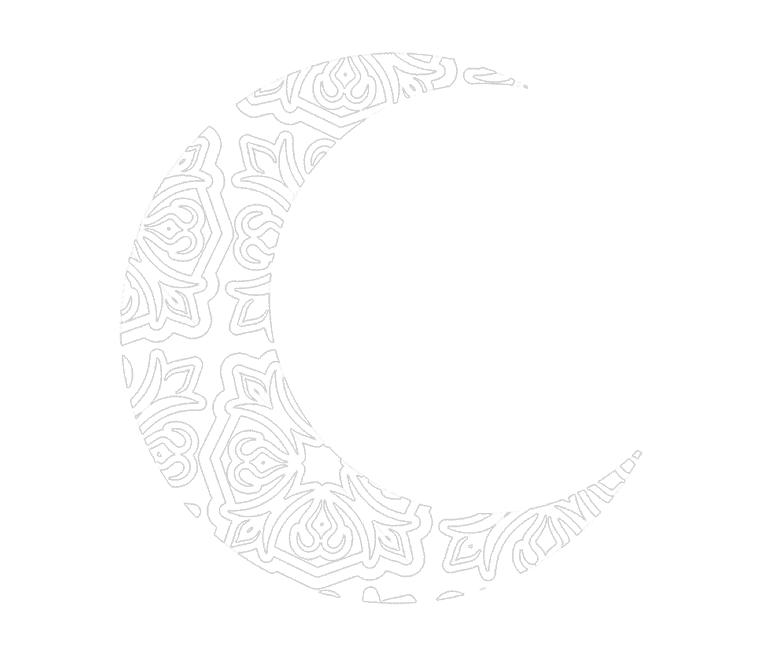Top Arab Cultural Festivals and Concerts in 2025
1. Introduction
Arab cultural festivals bring together music, art, film, and tradition, celebrating the diversity and creative energy of the Arab world.
From ancient ruins hosting orchestras to modern music events redefining regional soundscapes, these festivals embody both heritage and innovation—bridging centuries of history with contemporary art and performance.
2. Highlighted Arab Cultural Festivals and Concerts (2025)
1. AlUla Arts Festival – Saudi Arabia
Dates: January 16 – February 22, 2025
Set against the stunning landscapes of AlUla, this open-air festival transforms sandstone canyons into vast art installations.
It features immersive exhibitions, live performances, and large-scale sculptures—bridging modern art and ancient heritage.
2. Islamic Arts Festival – Houston, USA
Dates: November 15–16, 2025
Hosted at the University of Houston, this event showcases over 5,000 artworks—from calligraphy and Ebru to sculpture, painting, and henna.
Visitors enjoy live Sufi music, spoken word, films, and food stalls celebrating Arab and Islamic creativity.
3. Gnaoua World Music Festival – Essaouira, Morocco
Dates: Annually in June
A UNESCO-recognized celebration of Gnawa music, blending spiritual rhythms with jazz, blues, and rock.
Drawing up to half a million visitors, this festival exemplifies North Africa’s cultural fusion and artistic openness.
4. Downtown Contemporary Arts Festival (D-CAF) – Cairo, Egypt
Dates: March–April (annual)
Egypt’s largest multidisciplinary arts festival, D-CAF showcases avant-garde theater, dance, film, and experimental music.
The event features local and international performers, with a special Arab Arts Focus highlighting regional talent.
5. Al Bustan Festival – Beit Mery, Lebanon
Dates: February–March (annual)
Held in the mountain town of Beit Mery, this festival features classical music, drama, and dance in intimate venues such as the Emile Bustani Auditorium.
It combines cultural sophistication with scenic charm, offering masterclasses and performances by global artists.
6. Jerash Festival for Culture and Arts – Jordan
Dates: Late July – Early August 2025
Staged amid the ancient Roman ruins of Jerash, this festival celebrates Arab music, poetry, and dance.
Past performers include Fairouz, Kadim Al Sahir, and Majida El Roumi, blending heritage with grandeur.
7. Baalbeck International Festival – Lebanon
Dates: Starting July 25, 2025 (2–3 weeks)
Held in a Roman amphitheater, Baalbeck remains Lebanon’s most prestigious cultural event.
The stage has hosted Umm Kulthum, Miles Davis, Ella Fitzgerald, and many more—making it a symbol of cultural resilience and excellence.
8. El Gouna Film Festival – Egypt
Dates: October 16–24, 2025
A premier film event on Egypt’s Red Sea coast, El Gouna celebrates cinematic artistry through screenings, workshops, and glamorous premieres.
It connects Arab filmmakers with global audiences and promotes regional cinema on an international stage.
9. Visa for Music – Rabat, Morocco
Dates: November 19–22, 2025
An industry-focused showcase for emerging MENA musicians, blending showcases, panels, and performances.
It’s a vital platform for discovering new talent and fostering collaboration between artists, producers, and promoters.
10. XP Music Futures – Riyadh, Saudi Arabia
Dates: December 4–6, 2025
A cutting-edge event driving music innovation in the Arab world.
Featuring workshops, performances, and masterclasses, XP Music Futures reflects Saudi Arabia’s growing creative industry and global cultural ambitions.
11. Sheikh Zayed Festival – Abu Dhabi, UAE
Dates: November 2, 2025 – February 28, 2026
A celebration of heritage and global unity, with country-themed pavilions from across the Arab world.
It combines Emirati tradition with international music, crafts, cuisine, and cultural displays.
12. Seattle Arab Festival (Roots & Radiance) – USA
Dates: July 19–20, 2025
A community-driven festival in the Pacific Northwest that showcases Arab music, dance, cuisine, and art.
Free to the public, it offers cultural exhibits, artisan markets, and family-friendly activities.
13. DC Arab American Culture Festival – Washington, D.C.
Date: May 17, 2025
A one-day cultural celebration featuring Arab music, dance, food, and heritage displays in the U.S. capital.
It fosters intercultural understanding and community pride among Arab Americans.
3. Regional Overview
| Region | Highlight Festivals & Events |
|---|---|
| GCC / Middle East | AlUla Arts Festival (Saudi Arabia); D-CAF (Cairo); Al Bustan (Lebanon); Jerash (Jordan); Baalbeck (Lebanon); El Gouna Film Festival (Egypt); Visa for Music (Morocco); XP Music Futures (Riyadh); Sheikh Zayed Festival (Abu Dhabi) |
| North Africa | Gnaoua World Music Festival (Essaouira, Morocco) |
| North America | Islamic Arts Festival (Houston); Seattle Arab Festival; DC Arab American Culture Festival |
4. Why These Festivals Matter
Arab cultural festivals aren’t just performances—they’re living celebrations of identity:
-
They preserve ancient art forms while embracing innovation.
-
They unite local communities and global audiences.
-
They amplify Arab voices in music, art, and film on the world stage.
From AlUla’s open-air installations to Baalbeck’s historic amphitheater, these events represent the fusion of history, artistry, and modernity at the heart of Arab culture.





